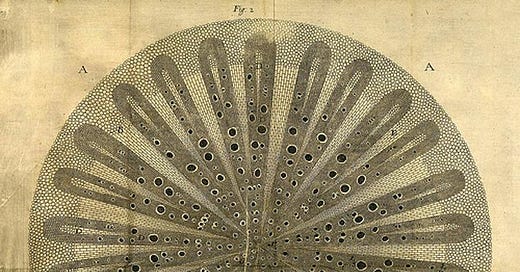David Bentley Hart does not need me to defend him against the seemingly belligerent ignorance of Ed Feser, but it is perhaps the case that the pantheology of Christianity’s ancient Jewish and pagan intellectual climate can always use an extra avenger. To be clear for what follows, it is not the case, as Feser has bemoaned on Twitter, that he misundersta…
Keep reading with a 7-day free trial
Subscribe to A Perennial Digression to keep reading this post and get 7 days of free access to the full post archives.




